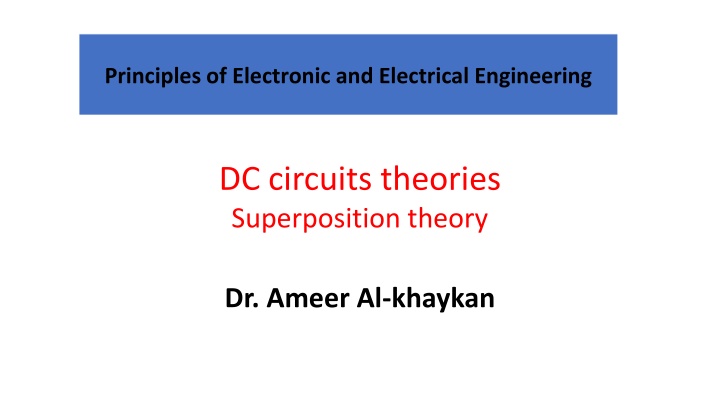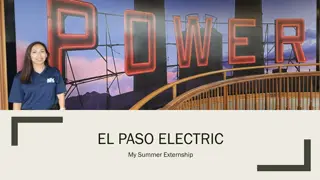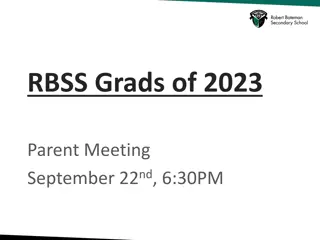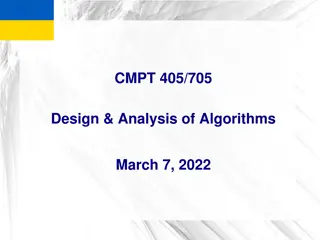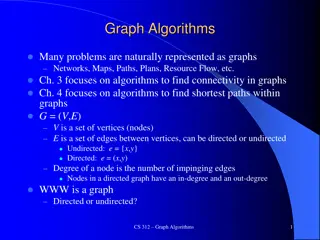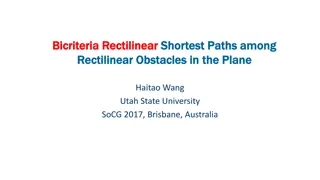Exploring Post-Grad Opportunities & Paths
Discover various opportunities after graduation, from enrolling in different schools to finding job prospects. Understand the differences between traditional 4-year schools and trade schools. Explore potential job options and accredited schools. Learn how to apply for college, FAFSA, scholarships, and employer tuition assistance. Empower yourself with knowledge for a successful post-grad journey.
Download Presentation

Please find below an Image/Link to download the presentation.
The content on the website is provided AS IS for your information and personal use only. It may not be sold, licensed, or shared on other websites without obtaining consent from the author.If you encounter any issues during the download, it is possible that the publisher has removed the file from their server.
You are allowed to download the files provided on this website for personal or commercial use, subject to the condition that they are used lawfully. All files are the property of their respective owners.
The content on the website is provided AS IS for your information and personal use only. It may not be sold, licensed, or shared on other websites without obtaining consent from the author.
E N D
Presentation Transcript
Principles of Electronic and Electrical Engineering DC circuits theories Superposition theory Dr. Ameer Al-khaykan
Superposition The current through, or voltage across, an element in a linear bilateral network is equal to the algebraic sum of the currents or voltages produced independently by each source.
When one is applying the theorem, it is possible to consider the effects of two sources at the same time and reduce the number of networks that have to be analysed, but, in general To consider the effects of each source independently requires that sources be removed and replaced without affecting the final result. To remove a voltage source when applying this theorem, the difference in potential between the terminals of the voltage source must be set to zero (short circuit); removing a current source requires that its terminals be opened (open circuit). Any internal resistance or conductance associated with the displaced sources is not eliminated but must still be considered.
Example Determine the output voltage V of the following circuit. By using superposition theory
Example (continued) first consider the effect of the 15V source alone 200 + // 50 40 + = = = V 15 15 . 4 29 V 1 100 200 // 50 100 40
Example (continued) next consider the effect of the 20V source alone 100 + // 50 33 3 . + = = = V 20 20 . 2 86 V 2 200 100 // 50 200 33 3 .
Example (continued) so, the output of the complete circuit is the sum of these two voltages = + = + = V V V . 4 29 . 2 86 7.15 V 1 2
Example 2: Determine I1 for the network of Fig following circuit. By using superposition theory
Solution: Setting E 0 V for the network of Fig. results in the network of Fig, where a short-circuit equivalent has replaced the 30-V source. (a) (b), As shown in Fig. (a), the source current will choose the short circuit path, and I 1 0 A. If we applied the current divider rule,
Setting I to zero amperes will result in the network of Fig, with the current source replaced by an open circuit. Applying Ohm s law, Since I 1 and I 1 have the same defined direction in Fig. (a) and (b), the current 1 is the sum of the two, and
Using superposition, find the current through R1 for each network
